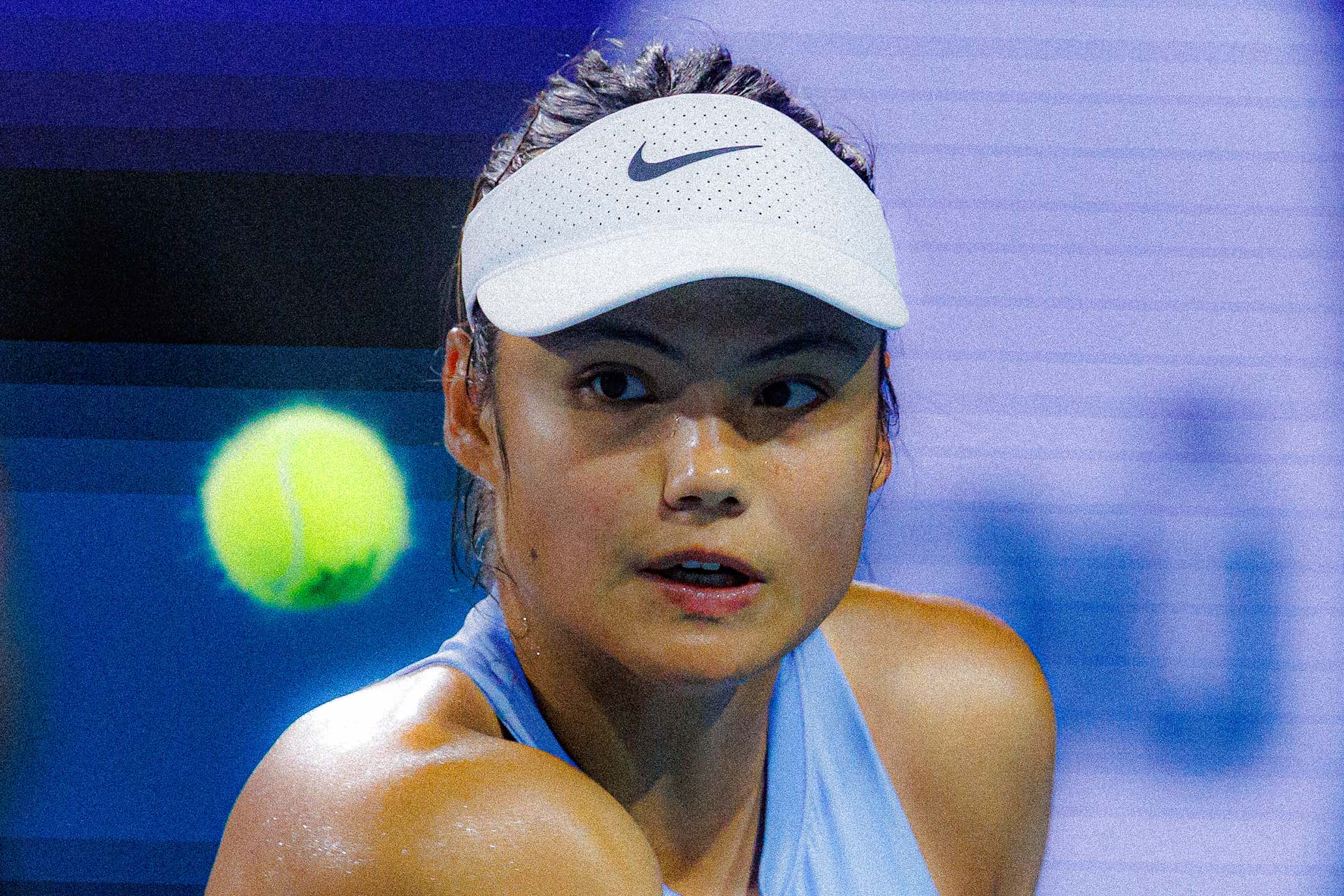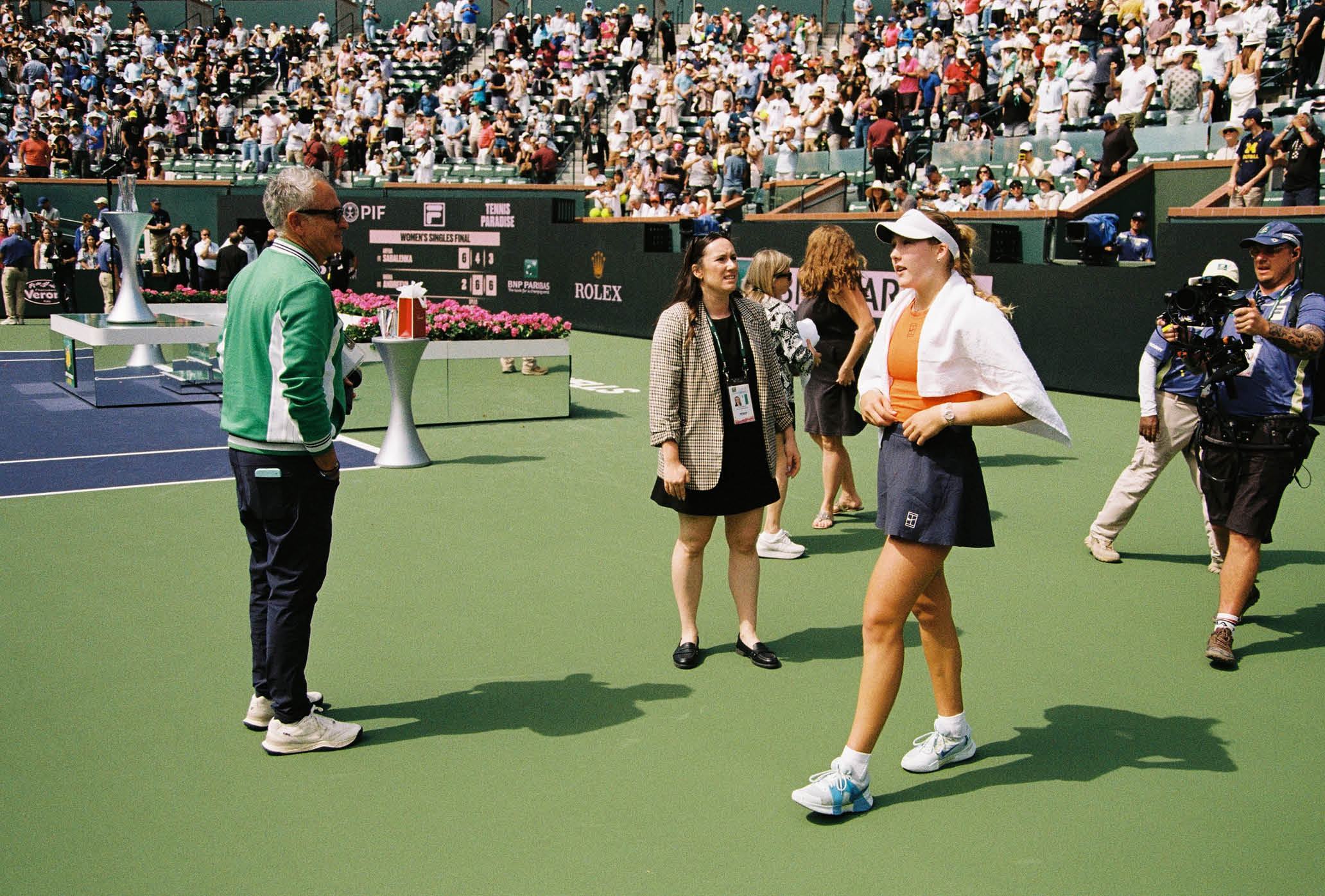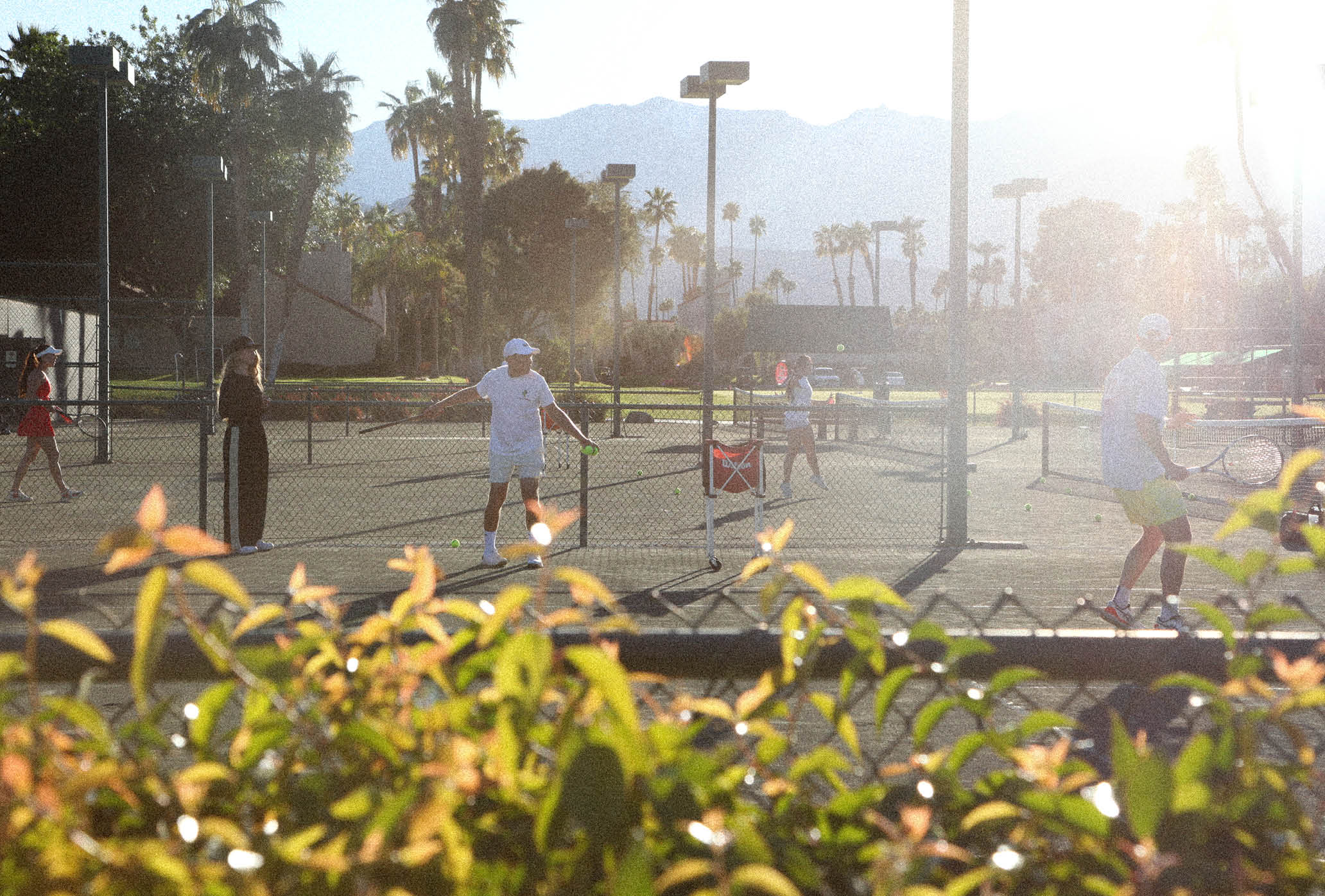Grazing in the Grass
Grazing in the Grass
The season heats up as red turns to green.
The season heats up as red turns to green.
By Giri NathanJune 14, 2024
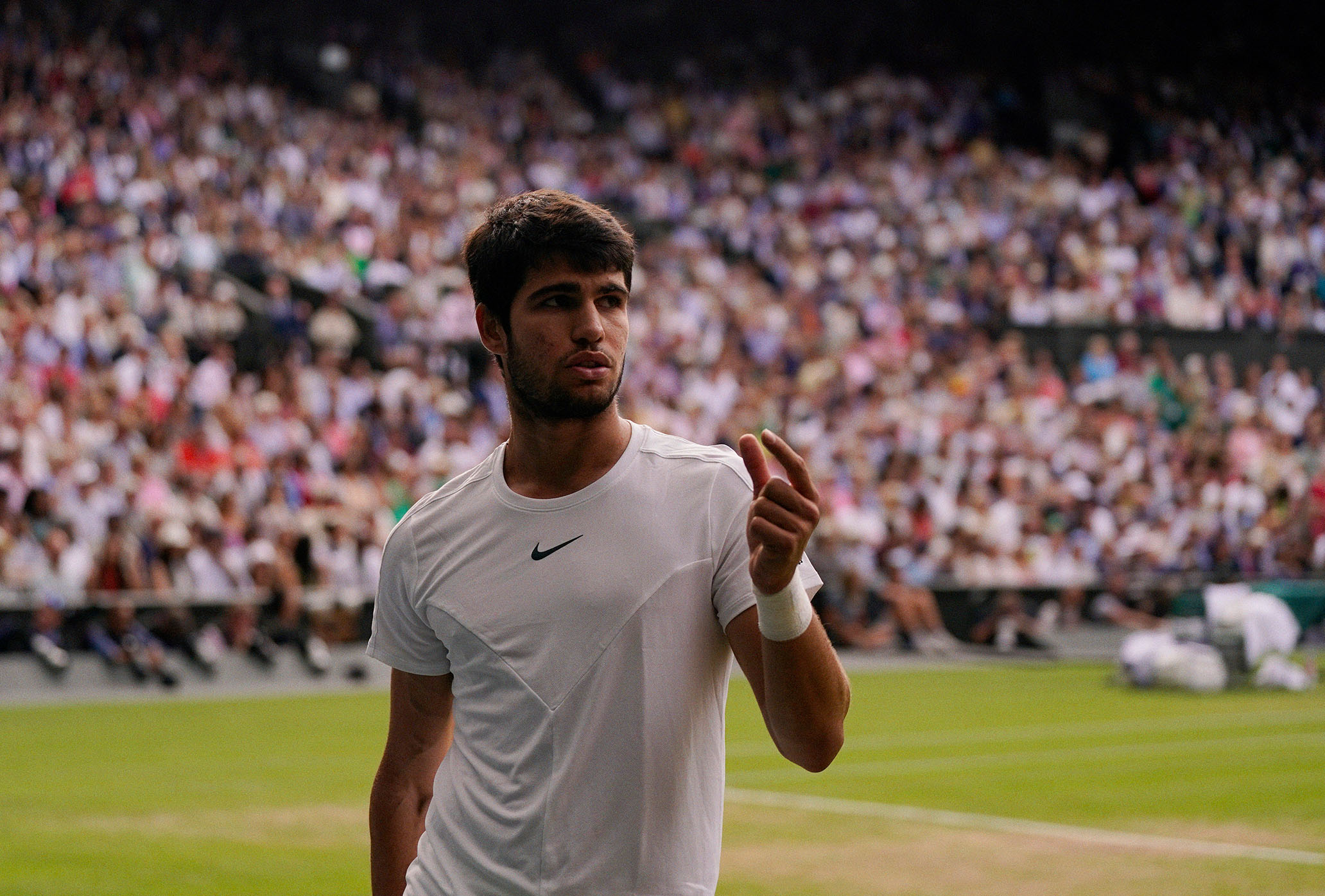
Will Carlitos have another season in the sun on the grass? // AP Images
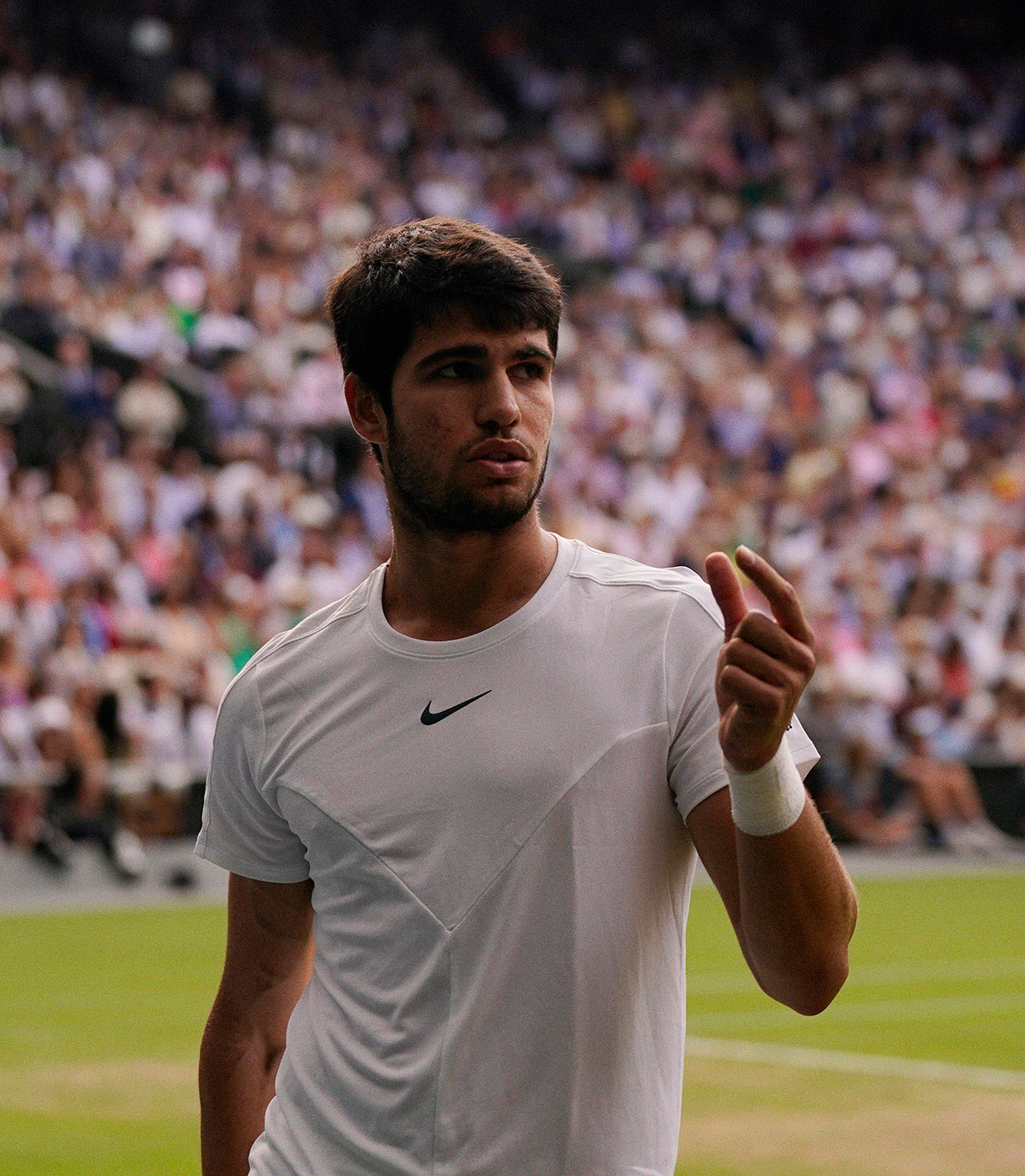
Will Carlitos have another season in the sun on the grass? // AP Images
Tennis is back on grass, with a fresh spring in its step. For the first time ever, both tours are led by No.1 and No. 2 players who were babies of the 2000s. And they are all entering their first-ever grass season as established major champs.
It was a week of mixed signals for Jannik Sinner. Last Friday he lost a cramp-riddled, high-stress, five-set Roland-Garros semifinal to his pal Carlos Alcaraz, as both players inflicted a special kind of suffering that only they can offer each other. And just days later, on Monday, Sinner was crowned world No. 1 for the first time, a testament to his world-beating play ever since he puked in Beijing last fall. Despite exiting clay season with no titles, and having abdicated his duties of national glorification in Rome, and mild ongoing concern around his hip injury, Sinner has clearly been the best player in the world over the past 52 weeks, and he now has the numeral to back that up. I liked the way Andre Agassi put it in his congratulations for the Italian: If the universe had a tennis tournament, Earth would pick Jannik as its representative. For Sinner, this grass season will be a fascinating test of form. He is a radically different player than he was this time last year, and that dusty obsolete version still made the Wimbledon semifinals. The Sinner of present is an elite server, who patched up the biggest deficiency in his game with alarming thoroughness, winning a tour-best 91 percent of his service games over the past 52 weeks. Right now he might have the most reliable serve-plus-one in the world, and a staple diet of quick, low-impact points could be his key to grass success this year. I would expect his watery 14–10 career record on the surface to look very different a month from now.
Meanwhile, Carlos Alcaraz, the new world No. 2, will be trying to achieve the rare Roland-Garros–Wimbledon double, which would establish him as the modern master of the natural surfaces. If he doesn’t nail that combo this year, it is inevitable that he will someday, and perhaps even multiple times over. Carlitos has the relevant tools, all the improvisational gifts, and the adaptable movement style, switching from daring slides to careful pitter-patter with fluency. I get the sense that he could play on a court that was clay on the deuce side and grass on the ad side and do just fine. Compared with Sinner, Alcaraz has made less obvious advances since last season—this Roland-Garros was, more than anything, proof that he can win a major over the current field without ever operating in top gear for a whole match—but the player Alcaraz was last season was already good enough to dispatch a seven-time Wimbledon champion in the final. So we will see what madness he conjures up this time around. Last year he studied some YouTube videos of Roger Federer and Andy Murray footwork on grass and proceeded to go 12–0 on the surface. Maybe this time he’ll boot up some John Isner clips (please don’t watch any John Isner clips, Carlitos) and go unbroken during the tournament. As far as skill acquisition goes, I’m not sure we’ve ever seen this kind of prodigy before.
As these new names come into focus, the old ones go fuzzy. Rafael Nadal has announced that “the best for my body is not to change surface and keep playing on clay” until the Olympics. Although Rafa has been very sparing with the word “last,” he has confirmed that these Olympics will be his last. Instead of grass he will be preparing for the ATP 250 at Bastad, a tournament he has not played since he won it as an 18-year-old in 2005. In the years since, Nadal has been too busy going deep at Wimbledon to go back. As he did not get much match play in Roland-Garros, he has some warming up to do for the Olympics, which will take place on the very same clay courts, and where he will be playing doubles—pause this sentence to issue the loudest possible “VAMOS”—with his successor Carlitos. One much more consequential grass-court absence is Novak Djokovic, who has yet to officially rule it out but is evidently still recovering from injury. In a classic session of Djokovic-ing, he tamped down Francisco Cerundolo in their fourth-round match at Roland-Garros, despite going down a break in the fifth set, and despite taking a few falls on the slippery patches behind the baseline on Court Philippe Chatrier (which Alcaraz also complained about). Afterward it was revealed that he had won the match with a torn right meniscus, which is a testament to the power of painkillers and of Novak Djokovic’s mind. He withdrew from the tournament, got surgery in Paris, and was reportedly seen this week in Belgrade walking without crutches but with a limp. Hard to imagine that he is keen to hop right onto some slippery grass and defend last year’s Wimbledon runner-up, when the Olympics lie ahead and a gold medal is pretty much the only tennis achievement that has ever eluded him.
Beyond the marquee names, grass season is also time to consider its native species, the players who, like me, wish there were another few weeks of turf. (Grass-court joint 1000-level remains very high on my wish list.) It’s prime time for your Humbert, your Hubert. At top of mind is Alexander Bublik, who was returned to the ideal habitat for his huge serves, touch shots, and overpowering disgust for drawn-out tennis matches. Bublik won his first title on grass last year in Halle, playing the tennis of his life to eliminate Andrey Rublev in that final. This week he’s onto the quarterfinals in Stuttgart after eliminating the promising Serbian 20-year-old Hamad Medjedovic. Also through to the quarters in Stuttgart is a name that used to loom large in every grass season: Matteo Berrettini, who has had a stop-and-start year on tour. First there was a six-month layoff with an ankle injury, and then a runner-up at a Challenger in Phoenix, followed by a brief visit to muggy Miami where he almost fainted on court during a loss to Andy Murray, and then a tournament win on clay in Marrakesh, only for him to then pull out of the majority of the clay season. Though he was relatively old at the time of his breakthrough, Berrettini is still just 28 years old and has looked sharp moving through his first two rounds at Stuttgart, a tournament he has won twice before. The Berrettini serve-and-forehand, backed up by a bit of slice, are good enough to unseat most opponents on the surface. Last year at Wimbledon he took out Alex de Minaur and Sascha Zverev before losing to Alcaraz in four. I wouldn’t be surprised if he can still make a little noise over the next month, even though the top of the tour has reconfigured itself in its absence.
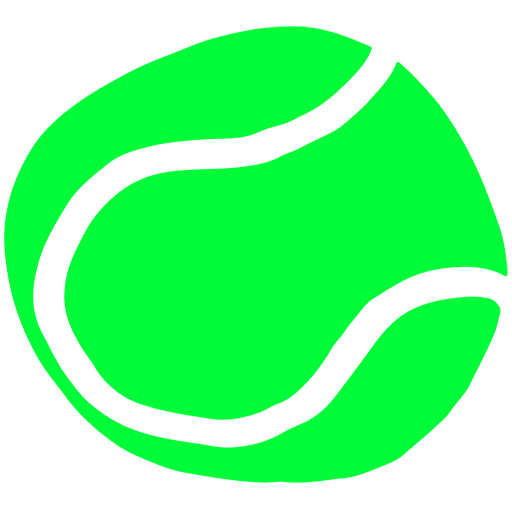
The Hopper
—Taylor Swift personally congratulated Iga Swiatek on her Roland Garros victory (as the champ withdraws from Berlin.)
—Carlitos and Rafaelitos will be playing doubles together at the Olympics.
—French Open coverage is moving to TNT
—Andy Murray has thoughts on Wimbledon’s match scheduling.
—Sports Illustrated’s owner is suing its former publisher.
—The Defector Tennis Bureau says goodbye to Roland-Garros and takes aim at a tennis news aggregation account.

SIGN UP — YOU'RE ONLY AS GOOD AS YOUR SECOND SERVE.
RECOMMENDED
The Wonder
MIAMI OPEN
Postcard from Tennis Paradise
INDIAN WELLS
